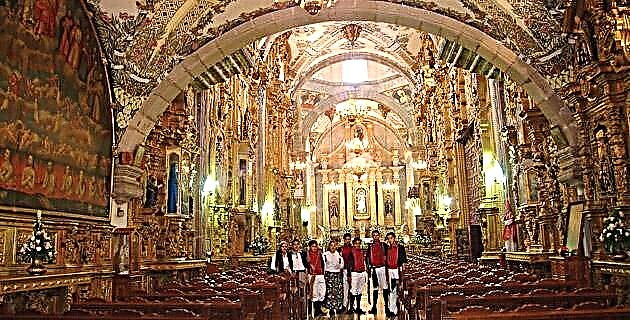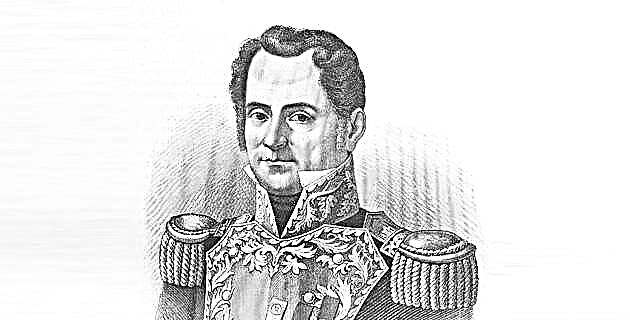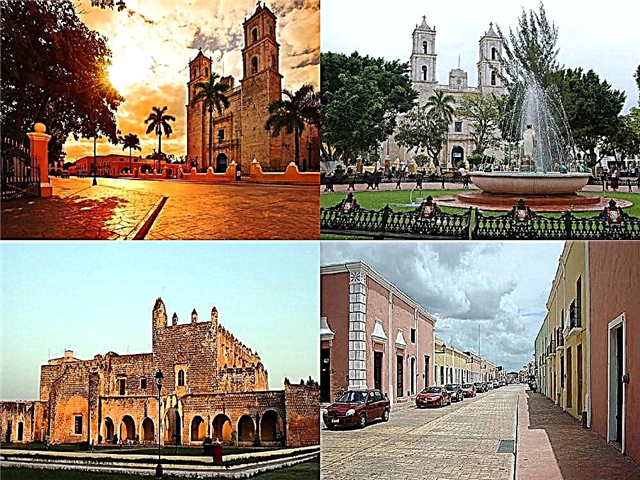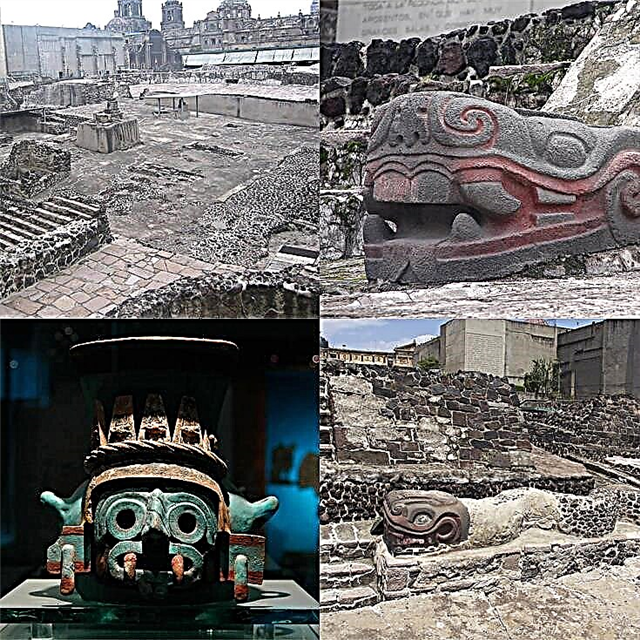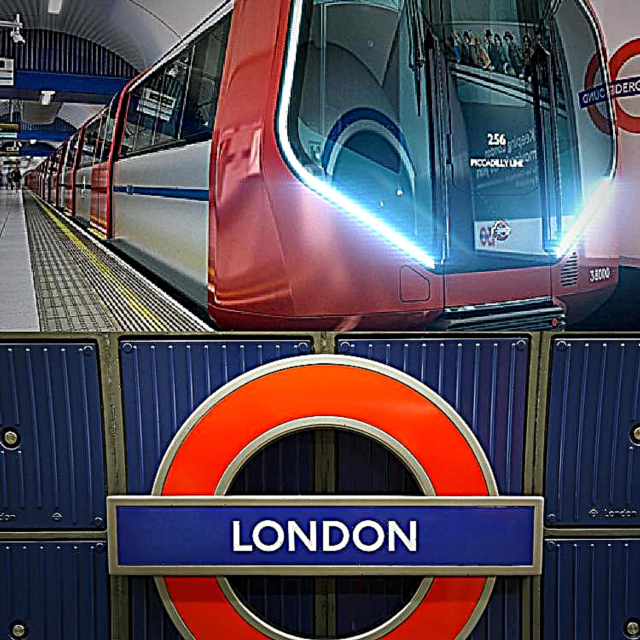Are you planning to travel to London? By following this guide, you will learn all the basics you need to know to use the tube, the legendary metro in the British capital.
If you want to know the 30 best things to see and do in London click here.
1. What is the London Underground?
The London Underground, called the Underground and more colloquially the Tube, by Londoners, is the most important means of transport in the English capital and the oldest system of its kind in the world. It has more than 270 stations distributed throughout Greater London. It is a public system and its trains run on electricity, moving over the surface and through tunnels.
2. How many lines do you have?
The underground has 11 lines that serve Greater London, through more than 270 active stations, which are very close to or share the same location with other transport systems, such as the British railways and the bus network. The first line, commissioned in 1863, is the Metropolitan Line, identified by the color purple on maps. Then 5 more lines were inaugurated in the 19th century and the rest were incorporated in the 20th century.
3. What are the hours of operation?
Between Monday and Saturday, the subway operates between 5 AM and 12 midnight. On Sundays and holidays it has a reduced schedule. Hours may vary slightly, depending on the line to be used, so it is advisable to make inquiries on the site.
4. Is it a cheap or expensive means of transport?
The tube is the cheapest way to get around London. You can buy one-way tickets, but this is the most expensive mode of travel. Depending on how long you stay in London, you have different plans to use the metro, which allow you to optimize your transport budget. For example, the fare for a single adult trip can be cut in half with a travelcard.
5. What is a travelcard?
It is a card that you can buy to travel for certain periods of time. There are daily, weekly, monthly and yearly. Its cost depends on the areas you are going to travel through. This facility allows you to buy a certain number of trips, saving money and avoiding the hassle of having to purchase a ticket for each one.
6. Are prices the same for all people?
No. The base rate is for adults and then discounts are available for children, students and the elderly.
7. Can I include the tube in the London Pass?
The London Pass is a popular card that allows you to visit a selection of more than 60 London attractions, valid for a specified time, which can vary between 1 and 10 days. This mechanism provides tourists with knowledge of the city of London at the lowest possible cost. The card is activated at the first attraction visited. It is possible to add a travelcard to your London Pass package, with which you can use the London transport network, including the underground, buses and trains.
8. How do I get to know the London Underground? Is there a map?
The London Underground map is one of the most classic and reproduced forms in the world. It was devised in 1933 by London-based engineer Harry Beck, becoming the most influential transportation graphic design in human history. The map is available in physical and electronic versions that can be downloaded, and clearly shows the lines, which are distinguished by the colors of the line, and other references of interest to the traveler.
9. How much does the metro map cost?
The map is free, courtesy of Transport for London, the local government entity responsible for transport around the city of London. You can pick up your map at any of your London entry points, such as airports and railway stations, and at any of the tube and train stations that serve the city. Apart from the tube map, Transport for London also provides other free guides to make it easier to use the London transport network.
10. Is it advisable to use the subway during rush hours?
Like all lower cost means of transport in big cities, the London Underground is more congested at peak times, travel times increase and prices can be higher. The busiest times are between 7 AM and 9 AM, and 5:30 PM to 7 PM. You will save time, money and hassle if you can avoid traveling at those times.
11. What other recommendations can you give me to better use the subway?
Use the right side of the escalator, leaving the left free in case other people want to go faster. Do not cross the yellow line while waiting on the platform. Check at the front of the train which is the one you should board. Wait for passengers to get off and when you enter, do it quickly so as not to block access. If you remain standing, make use of the handles. Give your seat to the elderly, women with children, pregnant women and the disabled.
12. Is the metro accessible for the disabled?
It is the policy of the London City Government to make various means of transport accessible to the disabled. Currently, in many of the stations it is possible to get from the streets to the platforms without using stairs. It is best to inquire about the facilities available at the stations you plan to use.
13. Can I take the metro at the main airports?
Heathrow, the UK's main airport, is served by the Piccadilly Line, the dark blue tube line on maps. Heathrow also has a Heathrow Express station, a train that connects the airport with Paddington railway station. Gatwick, London's second largest air terminal, does not have tube stations, but its Gatwick Express trains take you to Victoria Station, in central London, which has all modes of transport.
14. What are the main train stations where I can connect to the metro?
The main train station in the UK is Waterloo, located in the city center, near Big Ben. It has terminals for European (Eurostar), national and local (metro) destinations. Victoria Station, Victoria Station, is the second most used railway station in Great Britain. It is located in the Belgravia neighborhood and apart from the subway, it has train service to different national points, as well as the classic London buses and taxis.
15. Are there places of interest near the stations?
Many London attractions are just a stone's throw from a tube station and others close enough to easily walk. Big Ben, Picadilly Circus, Hyde Park and Buckingham Palace, Trafalgar Square, the London Eye, the British Museum, the Natural History Museum, Westminster Abbey, Soho and many more.
16. Can I ride the tube to Wimbledon, Wembley and Ascot?
To go to the famous Wimbledon tennis courts, where the British Open is played, you must take the District Line, the line identified with the color green. The modern New Wembley football stadium is home to Wembley Park and Wembley Central tube stations. If you are a fan of horse racing and want to go to the legendary Ascot Racecourse, located an hour's drive from London, you should take a train in Waterloo, as the oval is not served by the tube.

We hope this guide has answered most of your questions and concerns about the London Underground and that your journey through the British capital is enjoyable and cheaper thanks to your tube skills.


